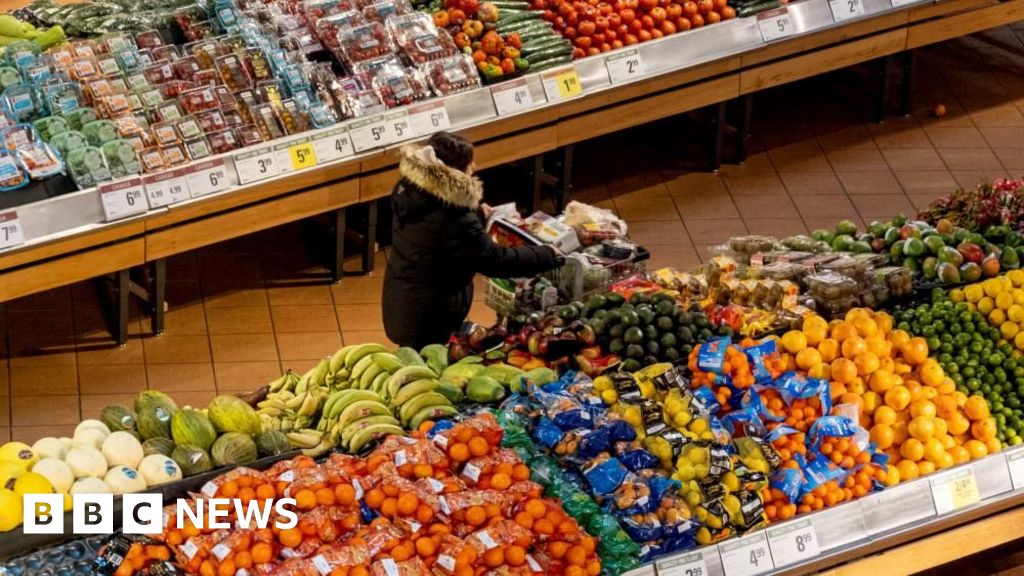US-Canada Trade War: Five Surprising Price Hikes in Canada
Understanding the Impact of Tariffs on Canadian Goods
The ongoing trade war between Canada and the United States has significantly affected the cost of many products. With President Donald Trump's recent increase of tariffs on Canadian imports, several goods are now seeing major price hikes. Canadian counteractions haven't helped to ease the burden, making it hard to avoid these increases. The situation has compelled consumers and businesses to rethink their spending and sourcing strategies.

1. Cars and Vehicles
One of the most noticeable impacts of the tariffs can be seen in the automotive sector. The cost of importing cars from the US to Canada has risen sharply. Many Canadian car dealerships have been forced to pass these costs onto consumers, causing market prices to rise substantially.
2. Ketchup
As a staple in many Canadian households, ketchup is another casualty of the trade war. Major brands that source ingredients or packaging connected with the US are experiencing elevated costs, which are then relayed to consumers. The Canadian favorite, Heinz ketchup, along with others, now comes with a higher price tag.
3. Maple Syrup
"Maple syrup represents more than just a breakfast condiment; it's a cultural emblem," says renowned Canadian chef Michael Smith.
While Canada is the largest producer of maple syrup, tariffs on equipment and materials used in the syrup production process have escalated costs. Ironically, even this quintessential Canadian delicacy hasn't been spared in the crossfire of tariffs.
4. Home Appliances
The cost of home appliances has also been affected, as many components and finished products are imported from the United States. Items such as washing machines, refrigerators, and kitchen gadgets have seen price increases, contributing to higher household expenses.
5. Household Cleaning Products
Everyday household cleaning products are not immune to tariff-induced price hikes. Companies say the costs of importing chemicals and packaging materials have increased, making it longer sustainable to keep prices steady. Popular brands now reflect these elevated costs on retail shelves across Canada.
Additional Resources and Insights
For consumers seeking alternatives and ways to mitigate these costs, exploring locally-manufactured options or buying in bulk may offer some relief. Additionally, monitoring trade policy updates and economic forecasts can provide further clarity and strategies for adapting to these market changes.
Consider following economic updates from sources like Canada's Department of Finance or BBC Business News for the latest developments and expert analyses.
